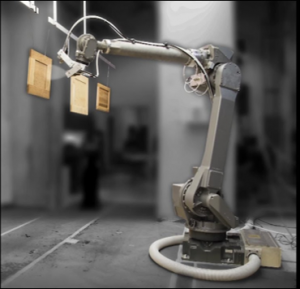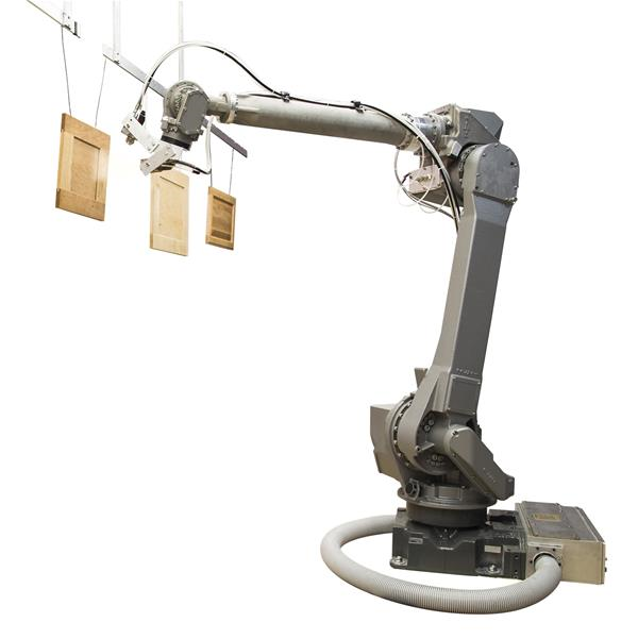The race to produce quality cabinetry in a cost-effective manner has never been more competitive with cheap, low cost import solutions flooding the Australian market.
As manufacturers attempt to combat this challenge, many are turning to flexible automation as a solution. Quite often, manufacturers assume robotics isn’t a viable solution for them, as they have too many colours, too many variations, and too many styles.
However, the evolution of flexible automation, and the ease of programming, has bridged this gap for many manufacturers who are focused on providing their customers with an extensive colour palette, and several hundred styles and options.
A robotic solution allows for a quick transfer between paint colours.
Industry averages suggest somewhere in the vicinity of 24 seconds to move from one colour to the next, depending on whether the paint is 1-component or 2-pac, and if it is the later, the location of the mixing equipment relative to the applicator (a determinate for the amount of paint that needs to be flushed out each time the colour is changed).
Depending on solvent compatibilities, the robots can be set up to apply a primer coat, which is then baked, and the parts are returned to the robot for an application of topcoat. With a correctly set up booth, only a minimal gap needs to be allowed for to prevent overspray between colours.
The flexibility of a robot solution, versus fixed gun automation, is the ability for the system to be able to orient to the necessary angles, or even allow for curved parts. Typically, with a fixed gun system, several guns are needed, mounted at various angles, to reach all of the areas of a door frame, and there are also limitations on size and shape of the product, and the ability of the system to apply paint to these areas.
These systems had very specific applications in large scale, high volume lines producing a very small range of similar products. A well-designed robot system accommodates for all these deficiencies, allowing for articulation of the gun to be at right angles to most surfaces, and at the same time, having a reduced maintenance requirement due to only a single gun being required.
Every time a colour change between doors or panels is required, there is the added saving associated with only a single gun needing to be cleaned versus multiple guns, so the costs associated with waste, and the waste generated at the point source of origin, is reduced.
Because the paint is targeted, the amount of paint that gets onto the part, is also higher, referred to as the transfer efficiency, further reducing waste and emissions from the process.
Without the need for a manual sprayer to be in and out of the zone constantly, there is a significant reduction in the levels of dirt and dust that are caught up in the painting process, so end users have typically experiences a significant reduction in the reject rate.
A correctly programmed robot, with application parameters such as paint viscosity, humidity and booth temperature held constant, can be your best painter, on their best day, all day, every day.
Advances in robot programming software, such as Paint Pro, mean that CAD can be used to program paths offline, whereas older systems typically required a significant level of downtime for path teach.
Newer generations of paint robots have also been developed with a specific focus on a reduction in floor space requirements by as much as 68% relative to their predecessors, lending itself to a similar reduction in booth air volumes and subequent energy usage.
When considering a robot such as the FANUC P50 for a task such as this, the narrow forearm allows for easy manipulation around parts, while the wrist manipulation lends itself to extremely smooth playback. The fast axis speed and acceleration meets the needs to demanding cycle times and cast aluminium light weight arm requires a low power consumption relative to previous models.
With the potential cost savings associated with reduced paint usage, and the subsequent paint waste, the high uptime, highly efficient, high capacity painting solution that flexible automation offers cannot be ignored.
For those adaptive manufacturers who want to stay competitive, using a purpose-built paint robot, designed for an application environment with a small footprint and large work envelope is the smart solution. The question is, will you innovate, or evaporate?

Send an enquiry:
Click an Application to Explore Further:
FANUC Robots Australia | Paint Robots for Surface Finishing | Welding Robots by FANUC | Machine Tool Tending Robots | Fibreglass and Gelcoat Robots | Palletising Robots | Robotic Vision Inspection Systems | Plastics Painting | Deburring and Polishing | Sealing and Dispensing | Picking and Packaging | Material Removal Robots | Shot Blasting and Peening |
More (Recent) News Stories from Automation Solutions Australia:
Deburring Machines | Robots a Historical Overview | Robotics Engineering | Automatic Paint | Robotic Loading Systems for CNC | Unlocking Your Manufacturing Potential | Spray Painting Robots | Automatic Sandblasting | CNC Mills | Automated Welding | Unlock the Future with Automation Systems | Robot Company, The Automation Era | Choosing an Automation Company | Harness the Power of Robotics with ASA | Robotic Painting | Automotive Welding | The Path to Machine Tool Automation | System Integrator Australia | Robotic Welders | Automate your CNC | Automation Company | Electrical Design | Human Machine Interface | Plastic Paint Robots | PLC Programming | Robotics Australia | Solutions | Industrial/Manufacturing Robots | Industrial Engineering | FANUC Robot | Shot Blasting | Robotic Automation Solutions | Industrial Automation | FANUC Industrial Robots | FANUC Collaborative Robots | FANUC Palletising Robots | Robotic Palletisers | Robotic Fibreglass Spray Machines | CNC Machine Automation | Robotic Arm – An Industry Guide | The Cobot | Automation Robotics | Custom Automation Solutions | Assembly Robots | Automate your Paint Booth | Ceramic Coating – Cerakote | Automotive Automation | Pick and Place Robots | Understanding Industrial Automation | PLC Automation | Arc V Spot Welding | What is Cerakote? | CNC Machines Australia | What is a Robotic Cell | Robotics Systems with ASA | What is ARC Welding? |PLC Controls | Collaborative Robots – What are they? | Welding Automation |



